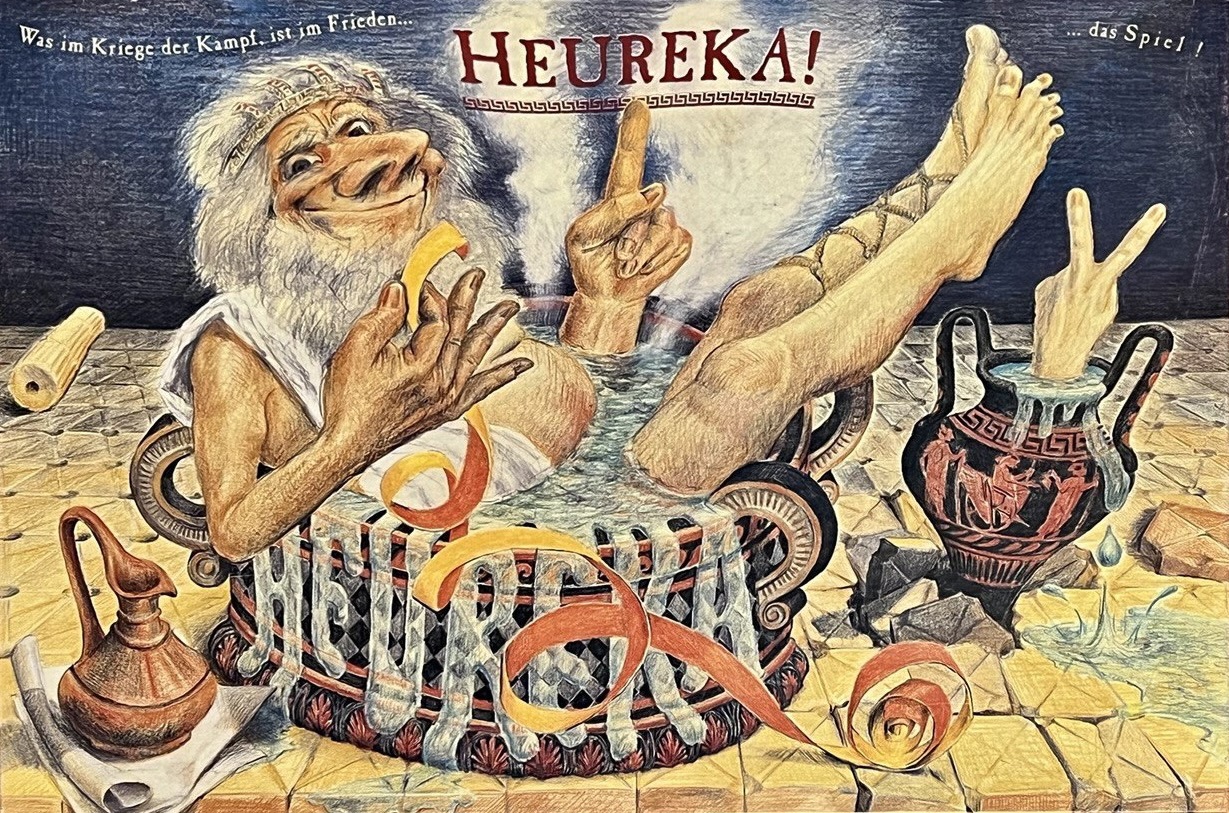I was recently thinking back to a board game I played some 8 years ago. In my mind, I'm convinced the game was called Heureka (not Eureka), but after many days of fruitless searching, I don't think that's it.
So here go the other clues:
- Two-player game
- Played on an included board, segmented into halves, one for each player
- Starting position is: All pieces from each player on their side of the board
- The board was rectangular, not square
- Each player gets about a dozen pieces
- Each piece is more or less a wooden dowel pin, but a bit shorter and fatter than you'd encounter in IKEA furniture
- The pieces for each player differ in the darkness of the wood (though only very slightly)
- One piece per player has gold paint on one end (meaning there are two gold pieces in the game)
- The game was acquired in Germany
- It wasn't played on a checkerboard, neither a board with straight lines like Go
The above I'm 99% sure of. Now follow some guesses regarding the gameplay:
- IIRC the goal is to move the gold piece to the opponent's end of the board, presumably without being captured
- There was some kind of capturing and/or mate mechanism
- The movements of the pieces were diagonal, with a checkers-like jumping mechanism.
That's it sadly. I hope this wasn't a one-off pre-production thing, because I think I had bought it at a toy convention. It didn't look like a prototype though. The appearance of the pieces is the strongest memory I have of it.
Edit: I asked my dad today and he too distinctly remembers the game being called "Heureka!" (lit. "I've got it!"). He had some guesses as to where the copy is, so I'll try to hunt it down when I'm there. He's also baffled as to why there is 0.00 trace on the internet about it.
On the off-chance that one of you does know it, I'll leave this question open. I'll be sure to digitize the board and manual when I do find the physical copy.


